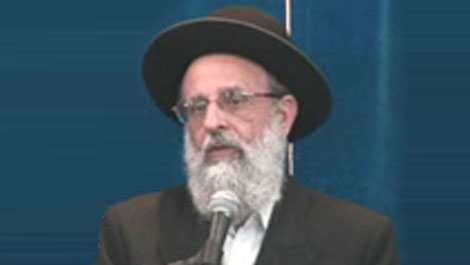Beit Midrash
- Sections
- Peninei Halakha
- Shabbat and Holidays
- Laws of Hanukkah
- Peninei Halkha - Hanukkah
It is no coincidence that the holiday of Ĥanuka falls out at a time of year when nights are longest and when the cold of winter spreads throughout the land. Moreover, since Ĥanuka flanks the new moon of Rosh Ĥodesh, there is barely any light to illuminate the long, dark, chilly night.
Yet as the sun sets and darkness begins to envelop the land, and the long night casts its cold, ominous shadow, Jews go out with candles in their hands and light the Ĥanuka candles. These candles symbolize the mighty Jewish faith, which breaks through all forms of darkness. Even in the darkest times, when the mightiest empires ruled the world ruthlessly, we did not despair of the light of Torah and faith, and we continued learning and teaching. A small ray of our light has the power to disperse a great deal of their darkness.
Ĥanuka is the celebration of the Oral Torah. First, this holiday was established by the Sages (the expounders of the Oral Torah), and second, the mitzva of lighting the candles was one of the first mitzvot the Sages enacted. But beyond these reasons, the holiday of Ĥanuka is a general expression of the essence of the Oral Torah. During the First Temple era, prophecy abounded among the Jewish people, and they studied the Written Torah primarily. After the Temple was destroyed and prophecy ceased, however, the time came for the Oral Torah to take precedence. The Oral Torah reveals the high stature of the Jewish people, who share in revealing the Torah’s light. The principles are set in the Written Torah, but the Sages of the Oral Torah paved the way for the realization of these principles. Granted, the light of the Written Torah shines brighter – it is compared in this regard to the midday sun – while the light of the Oral Torah is compared to that of the moon and the stars. However, the Oral Torah is able to descend to the hidden recesses of the soul and illuminate all dark corners of the world. The foundations for the methods of the Oral Torah were laid during the Second Temple era – including all enactments, safeguards, and customs. By virtue of the unique light of the Oral Torah, which, like the Ĥanuka candles, illuminates the darkness, we have managed to overcome all the difficulties of the exile.
These ideas, which are hidden within Ĥanuka, seem to be the inner reason why Jews love and cherish it so much, to the point where almost every Jew, no matter how far removed from Torah observance, lights Ĥanuka candles. Moreover, everyone follows the custom of fulfilling this mitzva in the best possible way – mehadrin min ha-mehadrin (see below 12:2).






















